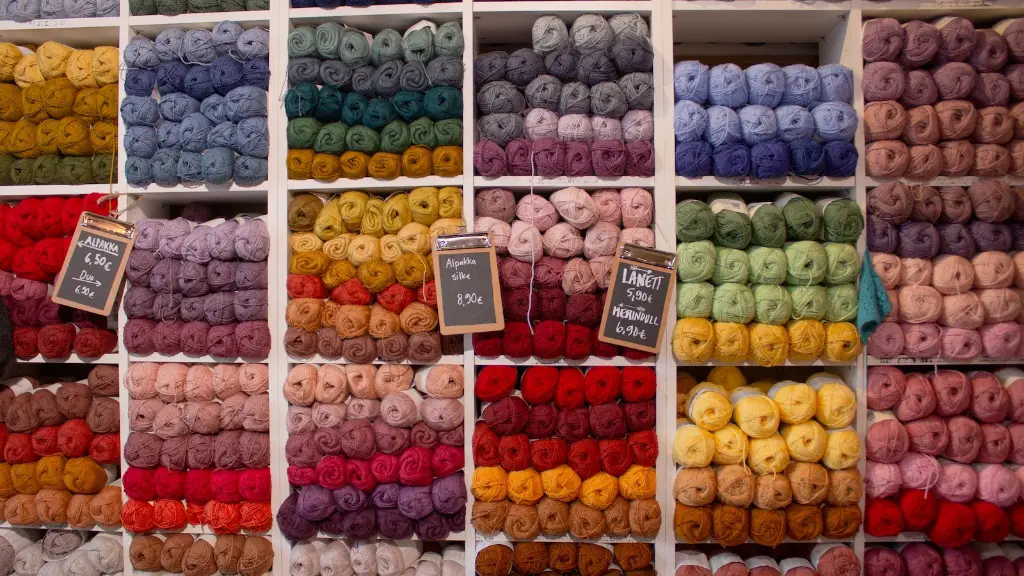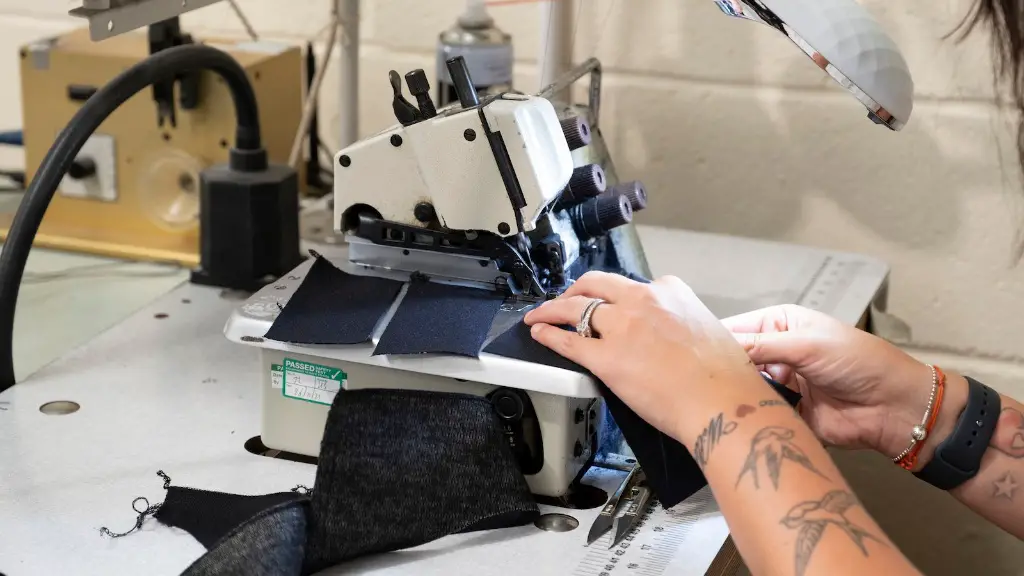For most sewers, the concept of interchangeable sewing machine feet is something of a mystery. We know that these feet come in a range of shapes and sizes, and that they are designed to assist with the creation of different types of seams and fabrics – but how interchangeable are they? Can you use the same foot to create different stitches, or do you need to purchase a specific type of foot for your desired project?
According to sewing machine experts, the answer is yes – in most cases, sewing machine feet are interchangeable. The majority of modern machines are designed to accommodate a range of interchangeable feet, allowing the user to create a variety of different stitches and fabrics with ease. Of course, this does depend on the specific make and model of machine involved – some cheaper brands may be limited in terms of the types of feet that are compatible. Generally speaking, however, the majority of feet are interchangeable – so you can use the same foot for multiple projects without needing to invest in a slew of new feet.
That being said, there are some feet that can not be interchanged. For example, many specialty machines or commercial machines have feet that are specifically tailored to their make and model. In addition, certain types of always come with a unique foot, such as walking foots which are designed to help with the feeding of multiple layers of fabric – something that other feet cannot do.
In general, however, most sewers can benefit from having a few different feet on hand, as different feet are designed to facilitate the installation of different types of seams. A regular zigzag foot, for example, is suitable for general sewing tasks, whereas a Cutwork foot offers more precise control for intricate applique projects. So, when it comes to creating the perfect seam, having the right foot for the job can really be a great asset!
In addition to offering convenience and increased accuracy, interchangeable sewing machine feet also save sewers money – as they don’t need to invest in multiple feet for a single project. This is great news for anyone who wants to save on costs when it comes to their hobby. So, if you’ve ever found yourself wondering “are sewing machine feet interchangeable?” – the answer is a resounding yes!
What Can you Achieve with Interchangeable Feet
Interchangeable feet offer a wide range of possibilities when it comes to creating projects and garments. With the right set of feet, you can easily install zippers, topstitch seams, and add decorative details like piping and ribbon. The possibilities are truly endless – and having the right foot for the job can significantly simplify the process.
In addition to offering creative control, many interchangeable feet can also be used to facilitate the construction of a range of different fabrics and materials. Whether you are using lightweight cotton, denim or heavy leather, you will be able to find a foot that works with your fabric of choice. This allows for greater flexibility and control when it comes to tackling your sewing projects.
Finally, it is worth mentioning that having a few different feet on hand can help to maintain the integrity of your machine over time. By ensuring that you are using the most appropriate foot for each task, you can help to avoid putting undue strain on the moving parts of your machine – and this is the key to keeping your machine running smoothly in the long run.
Do You Really Need Interchangeable Feet?
The truth is, whether or not you need interchangeable feet depends on what kind of sewing you are looking to do. If you are only looking to do very basic sewing tasks – such as hemming up a pair of curtains or creating a simple dress – then you will likely not need to invest in a range of feet. On the other hand, anyone aiming to take on more complex projects may find that having a range of interchangeable feet on hand is a great asset.
In addition, if you are using a specialty machine – such as an embroidery machine – then you will likely find that you will need to invest in feet specific to your make and model. This is because the feet on these machines are designed to facilitate the use of specific stitches, which vary from machine to machine. In any case, it is helpful to understand exactly what types of feet are required before purchasing a machine.
Finally, it is worth bearing in mind that although interchangeable feet can certainly be beneficial, there will always be a limit to how many you need. A few well-chosen feet should be more than enough to get you up and running – so there’s no need to purchase a ton of feet all at once.
Choosing the Right Interchangeable Feet
When it comes to choosing the right feet for your machine, the most important thing to consider is the type of sewing that you plan to do. Think about the types of projects that you will be undertaking, and investigate what types of feet are best suited to these tasks. This should give you a good indication of which feet will be the most useful for your needs.
It is also helpful to consider the overall quality of the feet that you are looking to purchase. The last thing you want is to purchase a set of feet that are poorly made or that don’t fit your machine properly. As such, it is worth taking the time to research the different manufacturers and models available, as well as reading customer reviews before making your purchase.
Finally, it is important to note that the cost of interchangeable feet can vary greatly – depending on the manufacturer and the type of foot involved. As such, it may be worth investing in a few inexpensive feet to get started, and then slowly adding to your collection as required.
Caring for Interchangeable Feet
In order to maximize the lifespan of your interchangeable feet, it is important to take the time to properly care for them. Make sure to clean them regularly – using a soft cloth – and take the time to inspect them for signs of wear and tear. If you detect any issues with your feet, don’t hesitate to replace them immediately.
It is also important to note that many interchangeable feet can become dull over time – so it is essential to adjust your sewing speed and pressure accordingly. If you are using a foot that is too dull, you may find that your stitches become loose and lack precision – so it is important to make sure that your feet are in good condition.
Finally, be sure to store your feet in a safe place – away from dust and extreme temperatures. This will help to ensure that your feet are in the best condition for the next project.
Conclusion
In conclusion, it is clear that interchangeable feet for sewing machines can offer many benefits for keen sewers – including greater flexibility, convenience and precision. As such, every sewer should consider investing in a range of feet – as this will enable them to take on a wide range of tasks with ease. However, it is always important to remember that quality is key – so make sure to research the different types of interchangeable feet available before investing in a set.




